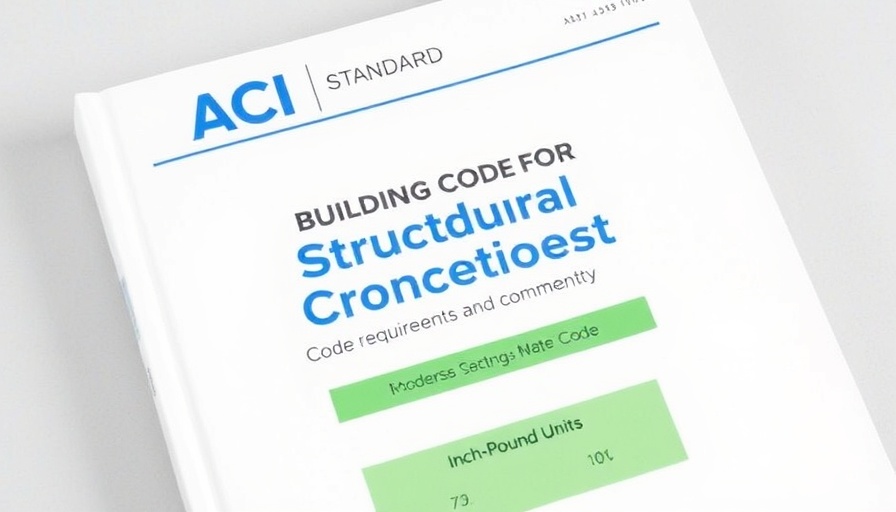
The Importance of Modern Renovation Trends
As we look at the stunning transformation of a Curson Avenue home in Los Angeles, it’s clear that contemporary renovation trends are not just about aesthetics—they’re about creating spaces that enhance quality of life. When homeowners make the decision to upgrade, they often seek designs that reflect both personal style and functionality. This case is particularly enlightening for business owners and property managers considering renovations for shared spaces.
Celebrating Scandinavian Design and Its Appeal
The Scandinavian design ethos emphasizes simplicity, functionality, and connection to nature. In the successful renovation we see in Los Angeles, the homeowners opted for an open floor plan that encourages airflow and natural light—critical elements for any modern space. According to the National Association of Home Builders, open floor plans are increasingly popular in home renovations since they not only enhance the aesthetic appeal but also promote better social interactions among residents and users. In commercial properties, this can translate into more collaborative workspaces and improved employee satisfaction.
The Balancing Act of Functionality and Aesthetics
In the renovation process, the challenges faced—dark spaces and outdated layouts—are common in many older buildings. Addressing these issues in a way that balances functionality with modern design can set a company apart in an increasingly competitive market. The Los Angeles home transformation stands as an example, utilizing natural materials and light wood tones that resonate well with California's climate while also offering warm textures. This specific approach advocates for incorporating similar strategies in office design—creating warm, inviting environments that motivate employees to thrive.
Trends in Indoor-Outdoor Living
One of the standout features of the renovation was the seamless connection between indoor and outdoor spaces. These elements are more than just a trend in residential spaces; they’re becoming essential in commercial real estate as well. Outdoor spaces that blend with interior rooms can contribute to employee well-being by allowing access to fresh air and natural light, with studies linking such environments to increased productivity.
Practical Takeaways for Business Owners
For property developers and owners, understanding the needs and desires of clients can significantly enhance project outcomes. The Los Angeles couple’s desire for a functional kitchen with a spacious island is a perfect illustration. In commercial settings, such designs can revolutionize communal dining areas or shared kitchens, fostering a sense of community among employees and enhancing the overall workspace experience. This insight is not just a trend; it signals a pivotal change in how spaces are designed worldwide.
Conclusion: Elevate Your Space
As demonstrated in the Curson Avenue home renovation, a thoughtfully designed space leads to improved lifestyles and community interactions. With trends favoring open spaces, natural light, and seamless indoor-outdoor connections, it’s essential for those in real estate and property management to consider how these design principles can be implemented in their own projects. Elevate your spaces, enhance your life.
 Add Row
Add Row  Add
Add 




Write A Comment